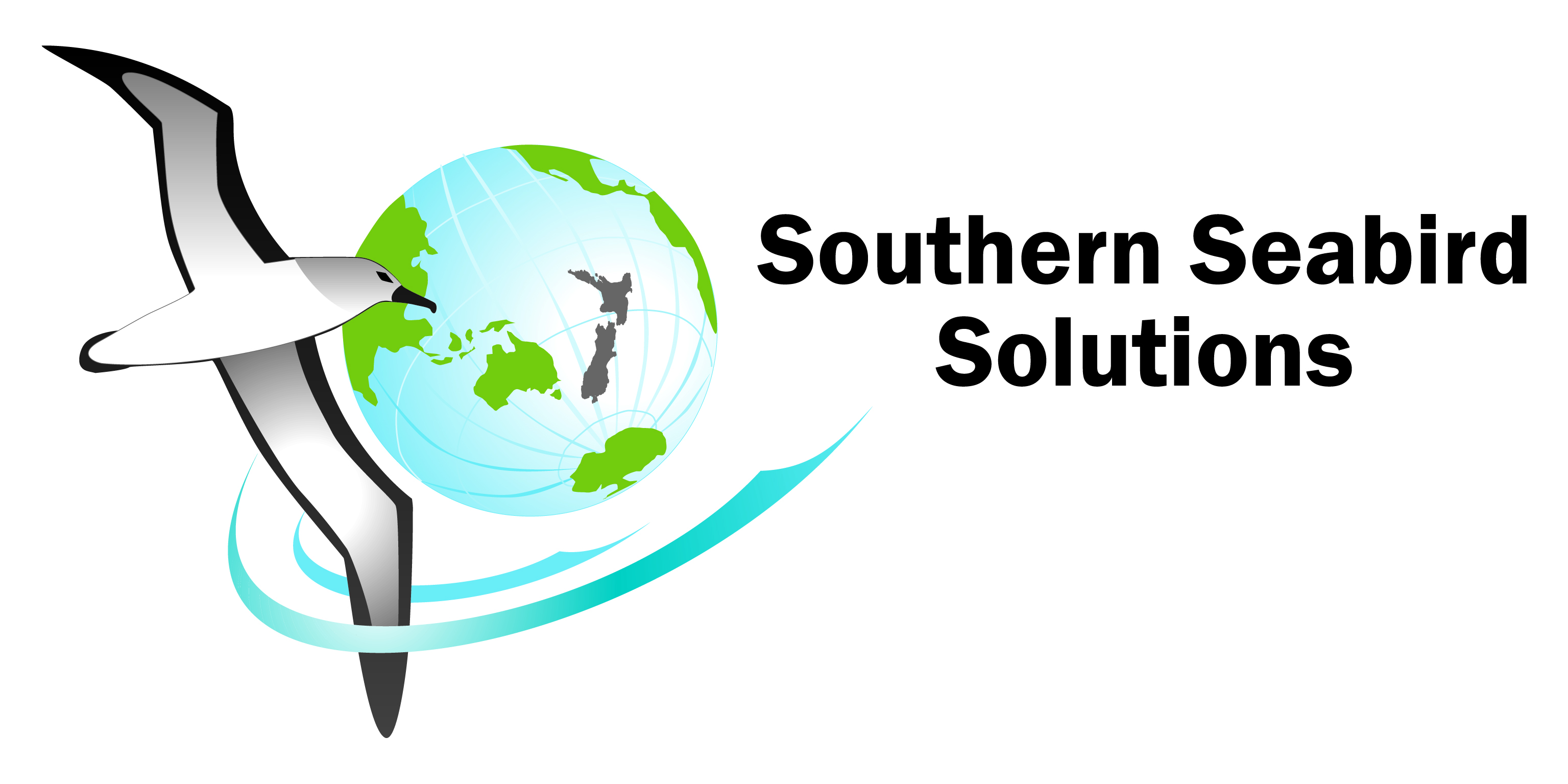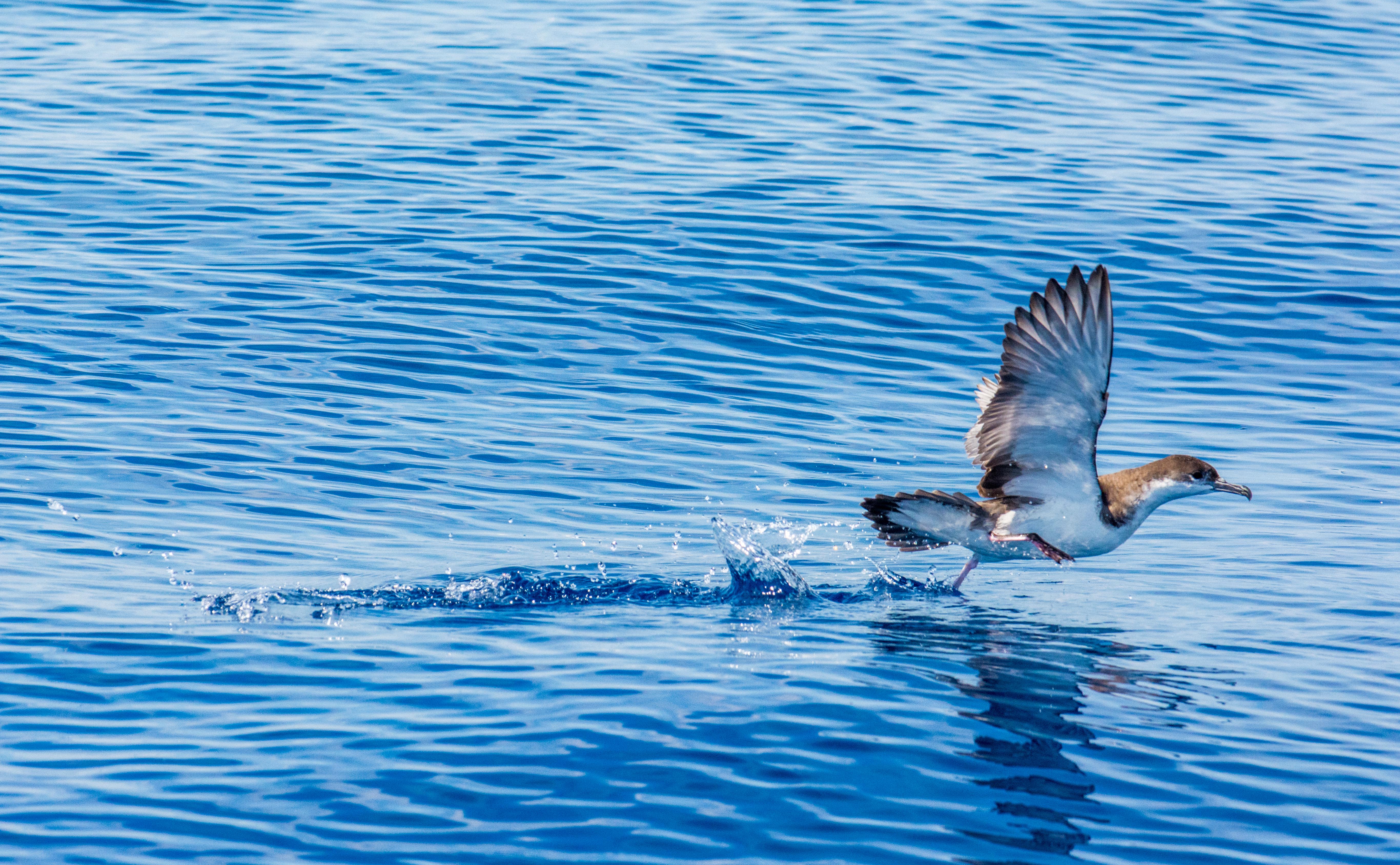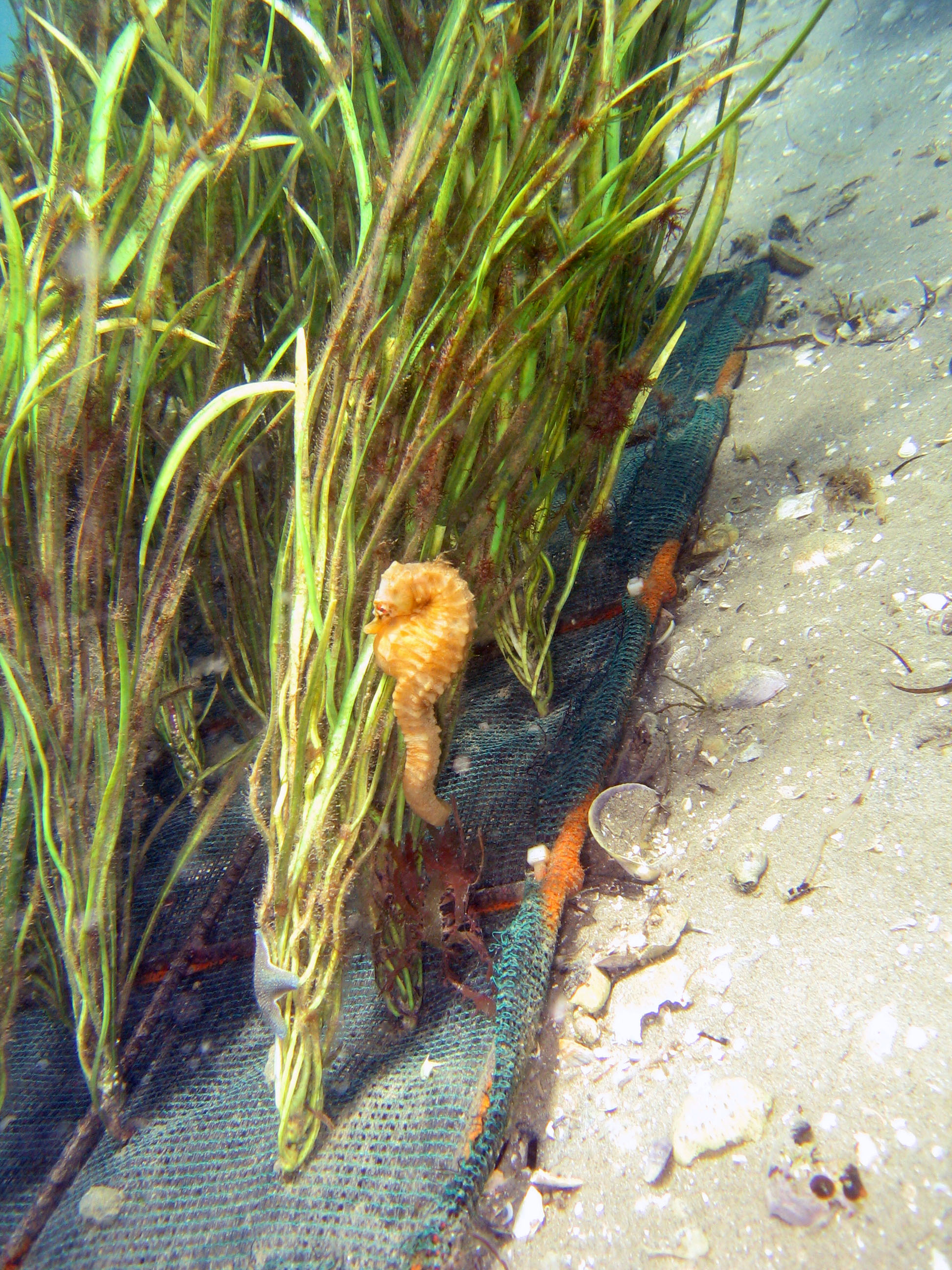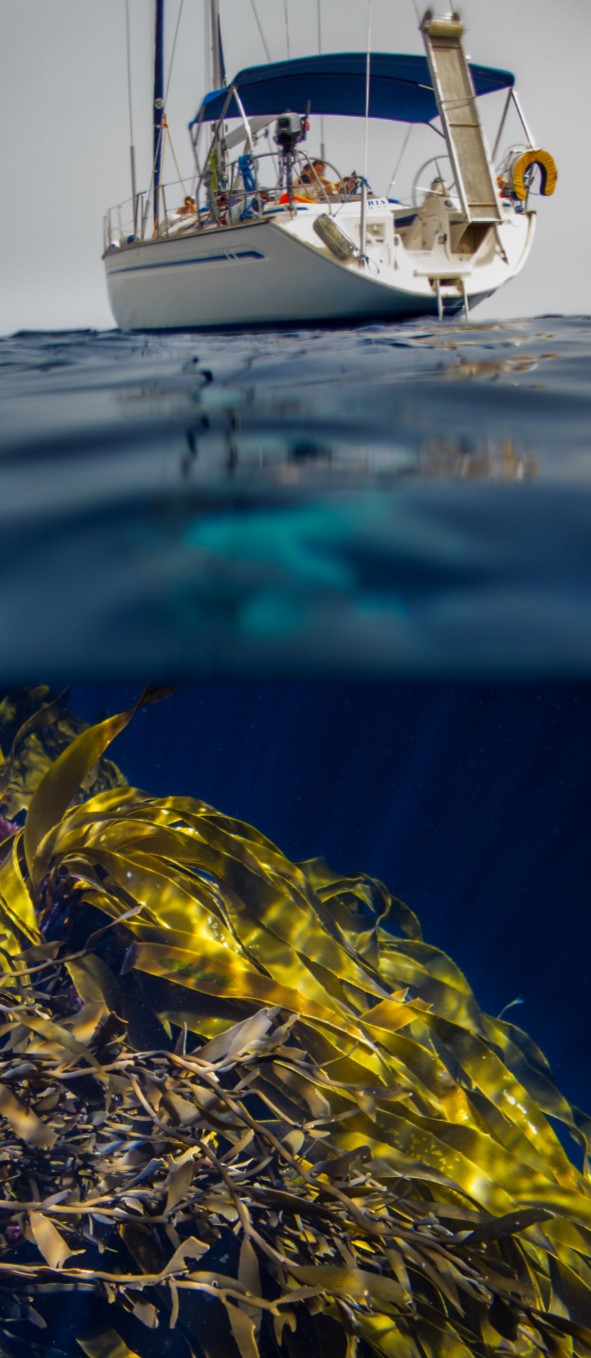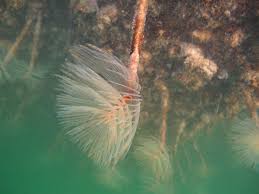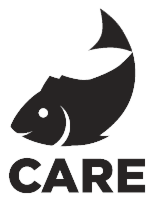Respect all marine life. General
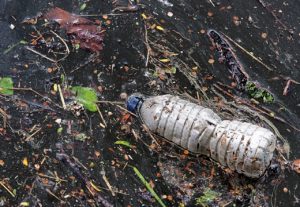
Seabirds
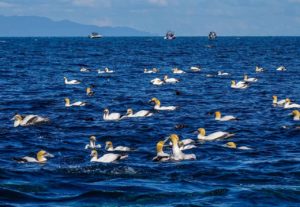
Marine Mammals

RUBBISH IN OUR MARINE ENVIRONMENT
New Zealand has 15,000km of coastline. This is our playground. The actions we have on land also have an impact on the ocean. Every year tonnes of plastic finds its way into our waters. The majority of this is single use plastics such as food wrappers and containers, bottle caps and lids, plastic bags and polystyrene.
Plastic is not biodegradable. Once it gets into our seas, it stays around for a very long time.
Each year 100,000 marine mammals and 1 million seabirds are killed by rubbish.
Plastics can be full of toxic chemicals so when sh eat plastic pieces oating at sea, they absorb these toxins which become more and more potent with each step up the food chain.
Firstly, stop plastic getting into the ocean from when and how you sh, then look after your local stretch of coastline. Whether it is picking up rubbish you see, getting your friends to help, or organising an event for the whole community, every bit helps.
Did you know:
Most rubbish collected from our stunning coastline is made of plastic and has only been used once. EG Plastic bags and food wrappers.
GENERAL
- Reduce your impact on the marine environment by reducing your plastic consumption at work and home.
- Don’t discard plastic or unwanted soft baits over the side.
- PLEASE don’t dump fish or human waste near shore, or near fishing grounds.
MARINE MAMMALS
Cetaceans (Dolphins and Whales)
- Don’t travel faster than idle or ‘no wake’ speed within 300M
- No more than 3 vessels within 300M
- Do not obstruct their path, approach from the side or parallel direction
- Do not swim with dolphins containing juveniles, do not swim with whales or orca.
- Stay 50M away from any whale or orca and 200M from any baleen / sperm whales with a calf.
Pinnipeds (Seals, Sea Lions)
- Give seals and sea lions space. Where practicable stay at least 20 m away.
- Avoid coming between fur seals and the sea.
- Keep dogs on a leash and well away.
- Where practicable, do not drive vehicles closer than 50 m of a marine mammal.
- Never attempt to touch seals or sea lions – they can be aggressive and often carry diseases.
SEABIRDS
How to be Seabird smart
New Zealand is a very special place for seabirds and fishing is a serious threat to the survival of several species. Here’s a few things you can do to be ‘seabird smart’:
- Be Tidy – Keep your deck clean, cover your bait and remove bait from unattended lines. Take ALL your rubbish, line and hooks home with you.
- Be Fast – Set and reel your gear quickly.
- Go Deep – Sink your hooks and burley containers well below the surface.
- Be Creative – Use streamers, water pistols and distraction. Keep your rod tip low.
- Be Responsible – If necessary stop fishing or move away.
- Be Informed – Know which birds are which, they can lead you to the fish after all.
- Be Prepared – Crush or remove barbs from hooks. Have pliers and side cutters on board.
- Be Gentle – Cover the bird in a towel before removing hooks or trimming line close to point of entry if swallowed. Once the bird is recovered, release it onto the water.
There is power in numbers. Making small changes to the way we live can have a positive impact on our marine environment if enough of us make the effort.
DID YOU KNOW:
85 OF WORLD’S POPULATION OF 360 SEABIRDS VISIT NEW ZEALAND’S SHORES.
WITH 27 FREQUENTING THE HAURAKI GULF IT IS ONE OF THE MOST DIVERSE HABITATS IN THE WORLD!
Sea Turtles in New Zealand
Fishers are encountering sea turtles more often in New Zealand waters. Please be mindful of how our interactions with these amazing reptiles can sometimes harm them e.g. Ingestion of plastic, taking baited hooks or propellor strike. You can help with research of these sea creatures in New Zealand by reporting any sightings while out fishing. Email: Dr Dan Godoy at D.A.Godoy@massey.ac.nz
The significance of seagrass
Scientists internationally consider seagrass meadows to be one of the most productive ecosystems in the world, ranked even ahead of coral reefs.
Research reveals sub-tidal seagrass meadows in northern New Zealand are important juvenile fish nurseries, particularly for snapper and trevally. This nursery value changes, depending on the depth and size of the seagrass bed, the coastline, and latitude.
An interesting factor to come out of the research was that the presence of seagrass does not always equate to higher abundance of juvenile fish or a rich mix of species when compared to local bare or sand habitats.
New Zealand’s seagrasses have proven to be acutely responsive to environmental changes, especially those altering water clarity. That clarity is affected by sedimentation, chemicals, nutrient run-off from rural land and rubbish from city streets. It is no surprise then that the productivity of our harbours and estuarine environments has decreased over time ultimately affecting the abundance and diversity of fish.
Help protect these environments
Scallop dredging is proven to have a negative impact on the sea bed. Diving for scallops is a far more environmentally friendly way to gather these delicious shellfish.
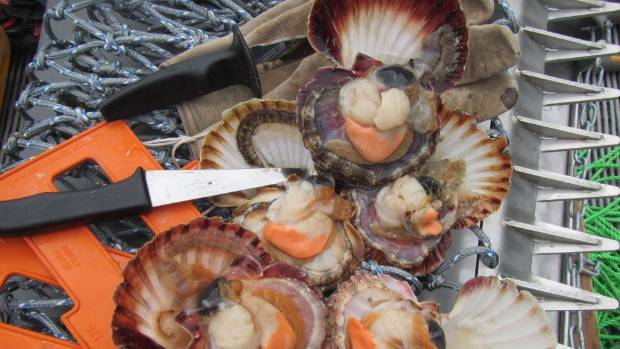
WORKING TOGETHER TO STOP THE SPREAD OF MARINE PESTS
Protect the coastlines we love. Make sure your hull is checked and cleaned before you head away.
A CLEAN HULL PREVENTS MARINE PESTS FROM SPREADING INTO NEW PLACES AND INFECTING OUR VULNERABLE MARINE ENVIRONMENTS
You’re good to go if your hull has no more than a light slime layer.
A dirty hull means you run the risk of being turned away from a marina, failing a spot check, or infecting your favourite marine environment with marine pests.
Check out marinepests.nz for regional rules and marina requirements.
Supported by: Auckland Council, Northland, Waikato, Bay of Plenty and Hawkes Bay Regional Councils, Environment Southland, Gisborne, Marlborough, and Tasman District Councils, Nelson City Council, the Department of Conservation and the Ministry for Primary Industries.
Useful Links
- Learn how to iki different species of fish
- NZ Sport Fishing Council fisheries management submissions
- Fisheries management FAQ’s about issues that affect fishers
- Official fishing rules in your area for species, bag limits, size limits, seasons etc
- Release weights to maximise fish survival rates from barotrauma
- Information on fish processing and cleaning
- Smart fishing around seabirds
- Safe boating education with the Coast Guard
- Safety and boating regulations
- Free Fish Heads – Connect fishers who want to share their fresh fish heads and frames with people eager to receive them


